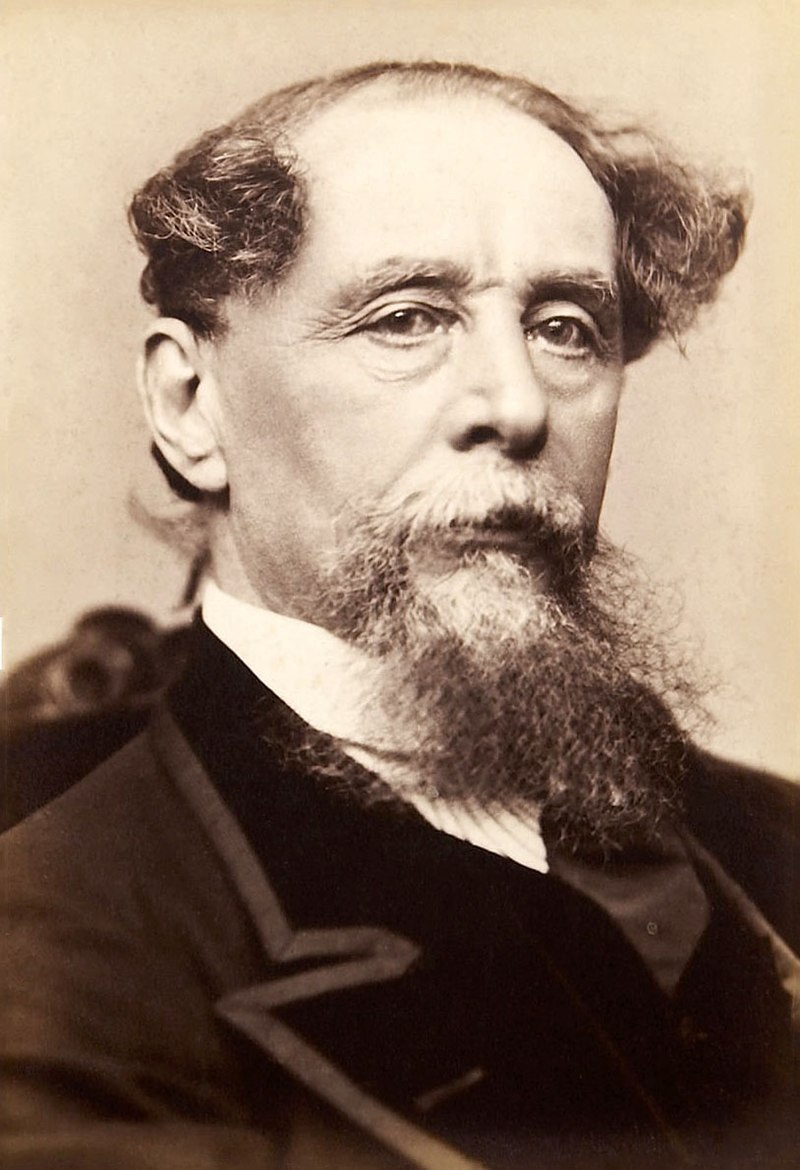 |
| My faux suede skirt circa 2008 |
That was the year I gave up carbohydrates and lost about 40 pounds. I intended to lose more but as a partial reward, I bought myself the skirt and for the next few years, measured my self-worth by it. If the skirt fits me comfortably, I am a terrific human being. If I can, at least, manage to zip it, my overeating isn't that bad. If I have to wear a sweater over the waistband to cover an inch of unzipped zipper, I need to lose weight. Anything more and I was the worst person on earth. For five years the skirt stayed in my closet while I stayed the worst person on earth.
So, last March, one of my hopeless hopes was that I'd wear the faux suede skirt again. I really didn't believe it would happen, but my weight was so out of control, I knew I had to try something. And I knew if I wanted to succeed, I had to have a tangible goal. So I remembered the skirt.
Occasionally I would pull it out in the closet to measure my weight loss success. In June, the skirt didn't come close to closing close but at least I got the zipper more than half way up. By September, I could almost get the zip to stay closed but the waistband cut me in half. I kept at it, and in November the stars aligned, and, after years, I was back in the skirt.
 |
| Me and Goal Skirt at our last outing. |
Then this month I got a chance to see some photographs of a recent event where I'd worn "the skirt". Know what I saw? There I was, unconsciously clutching the buckle of the elastic belt, making sure it kept the skirt in place. The extra fabric, bunched up under the belt, puckered out over my rear, making it look even larger. The photos made clear what I didn't want to see: - my skirt didn't fit again. This time, it was too big for me. I either had to stop losing weight or I had to find a new goal.
So, last Thursday, I showed the skirt off one more time, to the wonderful folks in my weight-loss support group. I told them the story. And I explained why it was important for "Goal Skirt" to have a new home. Sure enough, one of the members there saw what I saw years ago and she owns Goal Skirt now. I think they'll look good together.
I never really understood, until then, the meaning of that old phrase, "If you love something, set it free." Goal Skirt is free to go on to a new life now. And, happily, so am I.












